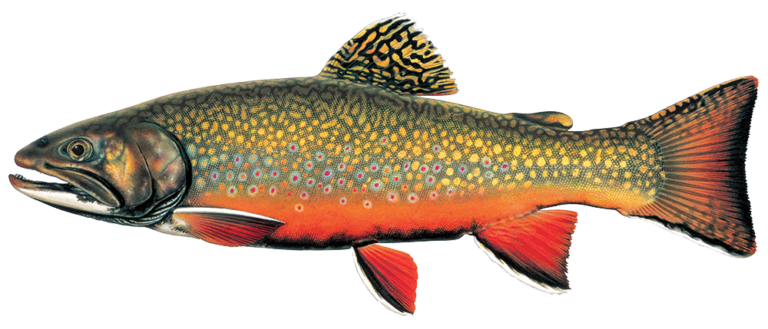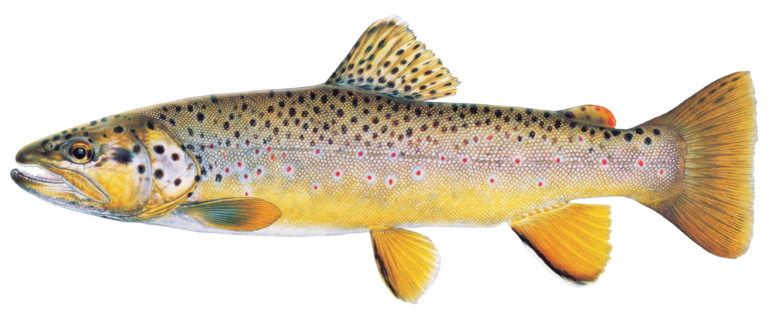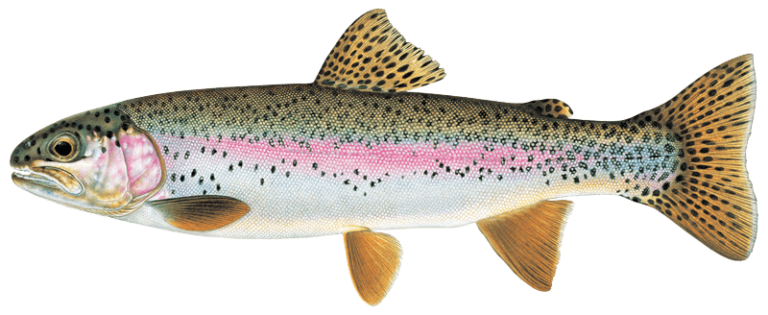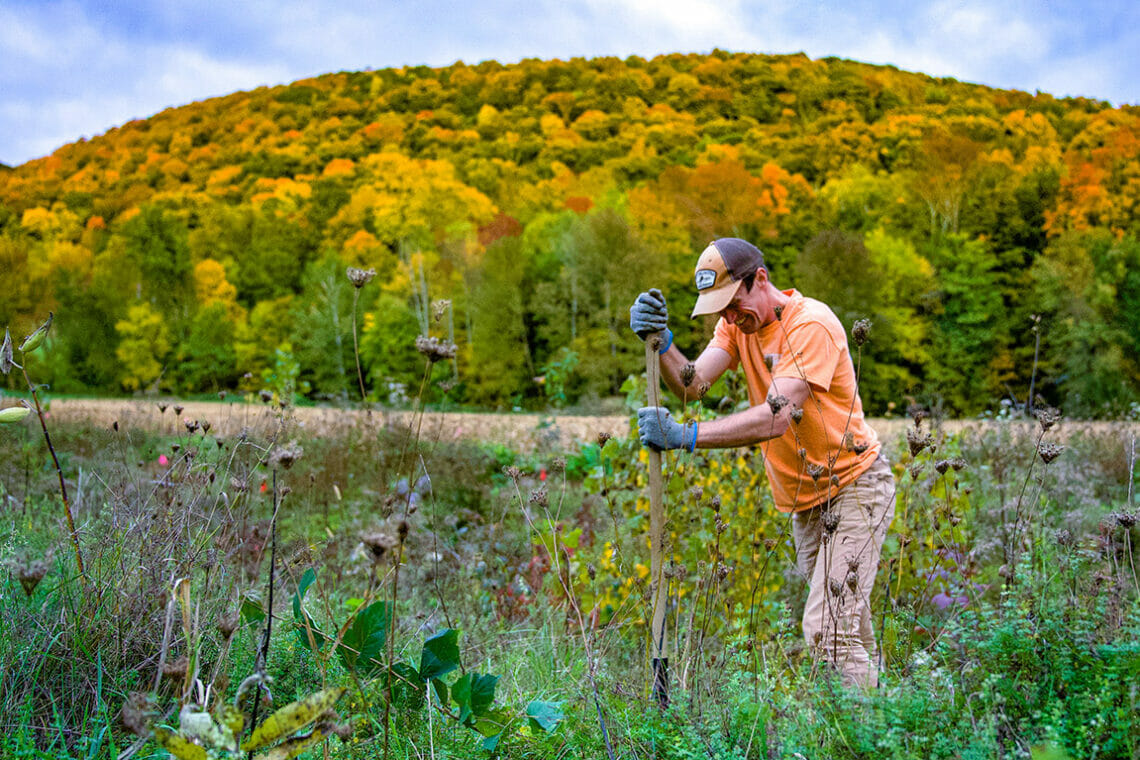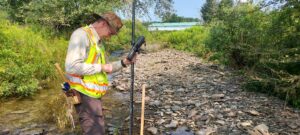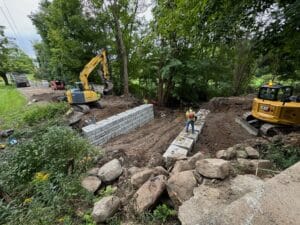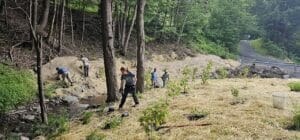New York

Overview
The Upper Delaware tailwater is the best wild trout water within a short drive of New York City. The Adirondacks are a brook trout sanctuary in a vacationland steeped in history. Upstate New York is where the Susquehanna River begins its path to the Chesapeake Bay. From the Genesee in the west to the Battenkill in the east, Trout Unlimited is at work recovering and reconnecting trout habitat and helping rural communities prepare for the next flood. TU’s work in New York improves water quality, creates family-wage jobs, and boosts a $21 billion outdoor recreation economy.
Threats & Opportunities
Even in pristine, protected areas such as the Adirondacks and the Catskills, climate models show a future with limited trout water. Federal, state, and private investments provide an opportunity to reconnect ecosystems and restore fisheries that will be in a better position to weather a warmer, unpredictable climate future.
How We Work
Reconnection
In watersheds that are fragmented by outdated road networks, we collaborate with municipalities, counties, and partners to identify and retrofit road-stream crossings that block fish passage. In places that have faced as many as 17 declared natural disasters over the past two decades, these flood-resiliency efforts prove the maxim that “what’s good for the trout is good for the people.” On Saranac River, staff and volunteers spearheaded a decades-long effort to remove two dams and reestablish salmon runs on a key Lake Champlain tributary.
Restoration
Across the state, we reconnect rivers with their floodplains, install large wood and boulder habitat, and shore up streambanks. This work helps wild and native trout thrive, improves drinking water quality, brings millions of dollars in state and federal infrastructure dollars to rural communities, and shores up road networks.
Wild Trout Recovery
Working with fisheries staff in the New York Department of Environmental Conservation, we have identified eight rivers that are priorities for improved management strategies to recover wild trout populations, among them Willowemoc Creek, Wiscoy Creek, and the North Fork Salmon River. In these places, TU and state agencies will focus on habitat improvement and management for wild trout.
Data Collection
We are gathering the data that we need to strategically plan for the protection and recovery of TU’s Priority Waters in New York. This includes electrofishing streams to calculate trout biomass, sampling macroinvertebrates, and assessing fish passage. By identifying the places where groundwater influences keep streams colder, we focus our work on sections of rivers where trout populations will thrive amid warming temperatures.
Community Collaboration
TU volunteers are helping staff assemble strategic action plans for each Priority Water and helping map future opportunities for habitat restoration. New York volunteer leaders have also designated six Home Waters that are a focus for chapter efforts: Carmans River and Owego, Oatka, Chittenango, Esopus, and Clearwater creeks.
How You Can Help
Help us recover New York’s Priority Waters by planting trees, doing community science, and more.
TAKE ACTIONSee what we’re doing in New York and across the Northeast.
Connect with New York Trout Unlimited.
CONNECTNew York Conservation Team
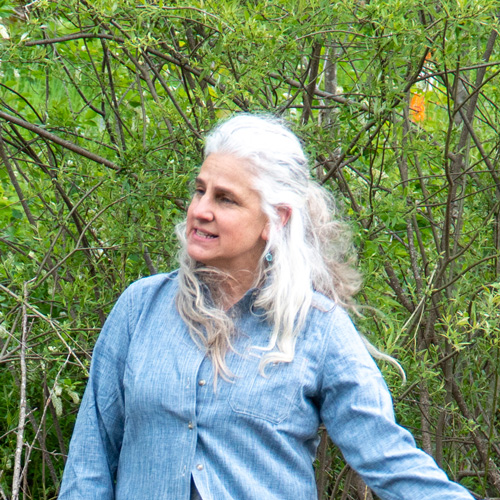
Tracy Brown
Northeast Restoration Manager
tracy.brown@tu.org
Northeast Restoration Manager
tracy.brown@tu.org
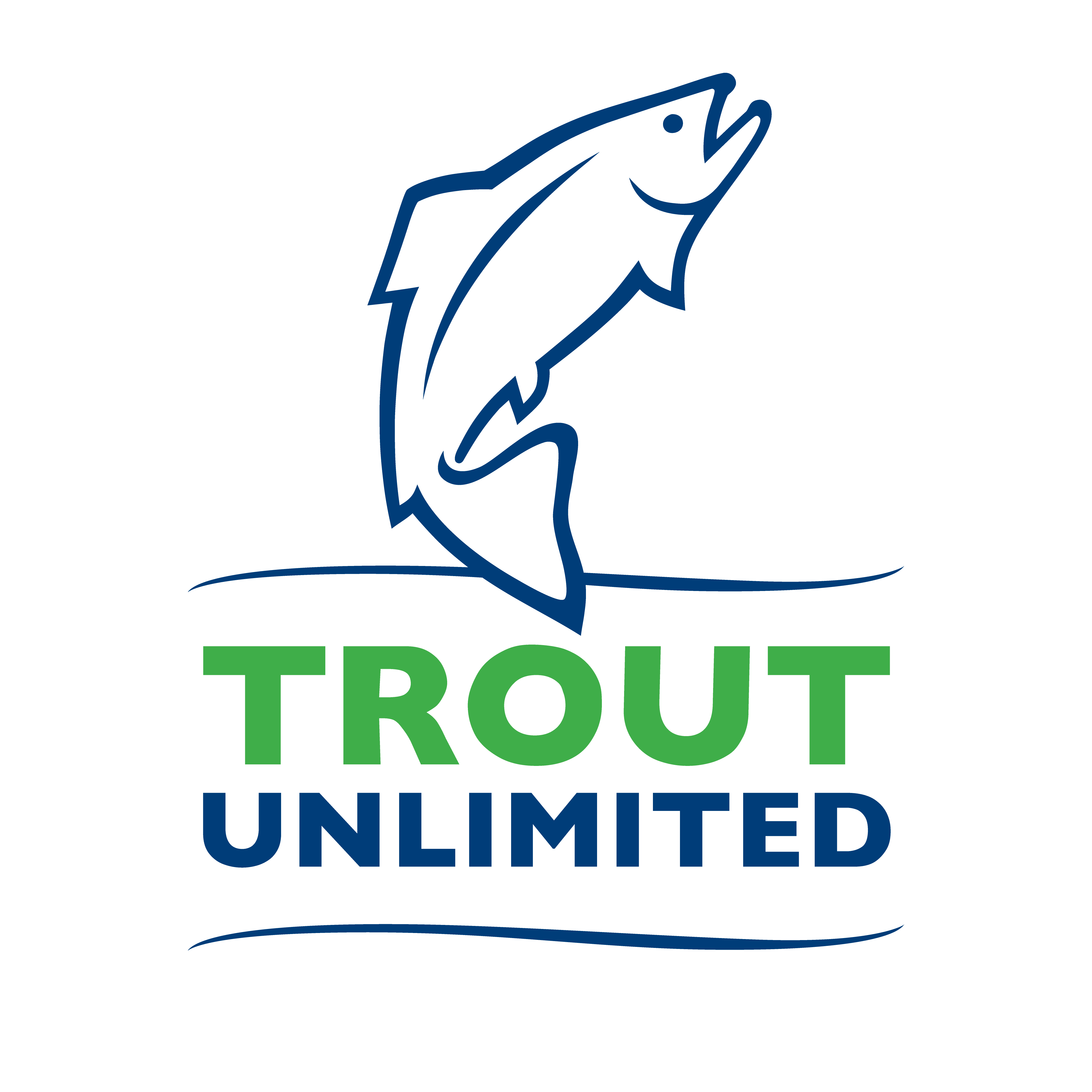
Kyle Glenn
Stream Restoration Technician
kyle.glenn@tu.org
Stream Restoration Technician
kyle.glenn@tu.org

Jacob Fetterman
New York Project Coordinator
Jacob Fetterman
New York Project Coordinator
Jacob Fetterman

Jo-Anne Humphreys
Stream Restoration Specialist
Jo-Anne Humphreys
Stream Restoration Specialist
Jo-Anne Humphreys

Jeremiah Stone
Stream Restoration Field Technician
Jeremiah Stone
Stream Restoration Field Technician
Jeremiah Stone
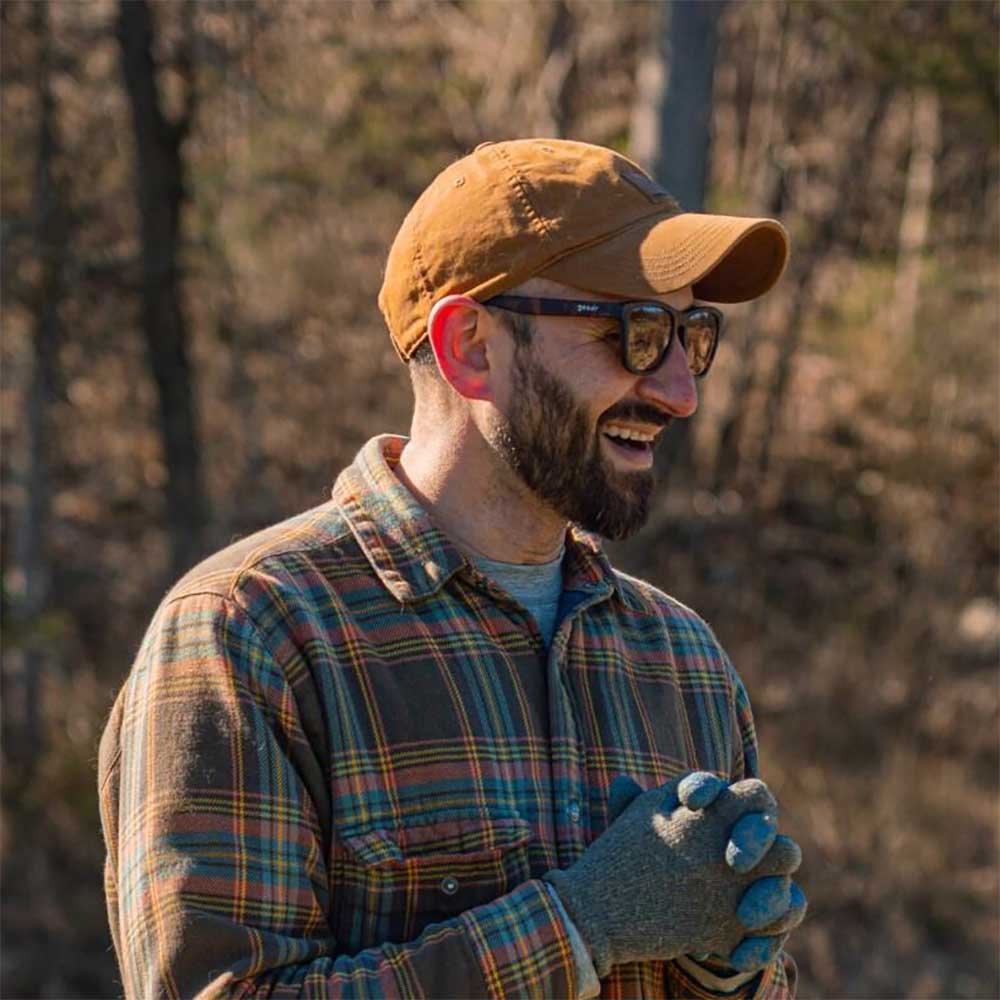
Jesse Vadala
Northeast Engagement Coordinator
jesse.vadala@tu.org
Northeast Engagement Coordinator
jesse.vadala@tu.org
Priority Waters

-
Upper Delaware
In a tailwater system famed for its large, fussy wild brown and rainbow trout, we are reconnecting tributaries to the West Branch and East Branch, opening up spawning habitat to wild trout and reducing risk in flood-prone communities. In the Willowemoc, we are laying the foundation for the recovery of a native brook trout fishery that inspired the earliest American fly anglers in the Catskills.
-
Susquehanna Headwaters
Draining 27,500 square miles, second most east of the Mississippi, the Susquehanna River system starts in New York, snakes through Pennsylvania and Maryland, then flows into the Chesapeake Bay. Up in the headwaters, Trout Unlimited is doing a full study of Wylie Brook, a largely intact native brook trout stronghold, to assess habitat restoration needs.
-
Battenkill River
The Battenkill—namesake to a popular line of reels from Orvis, the company based on the river in Manchester, Vt.—is a wild trout destination that anglers know the world over. But the numbers of wild brookies and browns are not what they once were, and we are working to rebuild fish habitat by adding trees that provide cover, removing obstructions to reconnect stretches, and shoring up eroding stream banks. This is a model “One TU” partnership, with national staff and state and chapter volunteers collaborating to raise funds, plant trees, work on habitat, and conduct spawning surveys.
-
Adirondacks / Tug Hill
America’s first state forest reserve still harbors native Eastern brook trout and still draws anglers. In this national landmark, we are assessing watershed fragmentation on the west slope streams, which drain into Lake Ontario, by surveying 400 culverts on state land. In the Black River watershed, we are reconnecting tributaries by replacing failing culverts.
-
Taconic Range
The Taconic Mountains, east of the Hudson, span the state’s border with Vermont and Massachusetts. Streams here include headwaters to the Hoosic, Kinderhook, and Roeliff Jansen Kill, and we are collecting data about culverts that may present fish passage barriers and meeting with towns to understand their infrastructure concerns.
-
Genesee River
Wiscoy Creek, a scenic, 25-mile tributary of the Genesee River in western New York, is a priority for wild trout recovery. We are assessing road-stream infrastructure that presents barriers to fish passage and laying the groundwork for new collaborations with local communities to replace them.
-
Saranac River
Fresh off the heels of a hard-fought battle that resulted in the removal of the Indian Rapids and Fredenburgh Falls Dams, Trout Unlimited staff, local advocates from the TU Lake Champlain chapter, and U.S. Fish & Wildlife wage on in the Lake Champlain Basin. Barriers to the migration of spawning trout and salmon have been in place for decades, stunting populations of all wild salmonids throughout the Saranac River and its tributaries. These barriers come in all sizes, many of these in form of small pipes (culverts) just a fraction of the size of the Indian Rapids dam. The origin or headwaters of the Saranac is of paramount concern for native brook trout. TU and our partners are working to systematically remove priority undersized culverts to help reduce habitat fragmentation and support community resiliency in the watershed.

